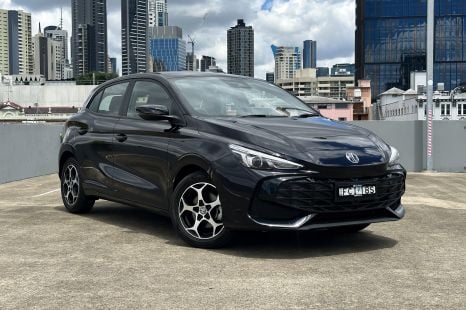

William Stopford
26 Days Ago

News Editor
Hyundai in Europe has revealed a subtly refreshed i30 Hatch, which will come here this year to replace models previously sourced from South Korea.
The updated i30 Hatch is entering production in April, with customer deliveries in Australia beginning in September or October 2024.
The updates are largely cosmetic. Up front, there’s a new grille pattern and bumper insert, as well as restyled fog light housings, while down back there’s a more angular chrome insert for the bumper.
N Line models continue to get a unique grille insert, and also receive new dark metal accents for the side openings of the front bumper and a new side skirt design.
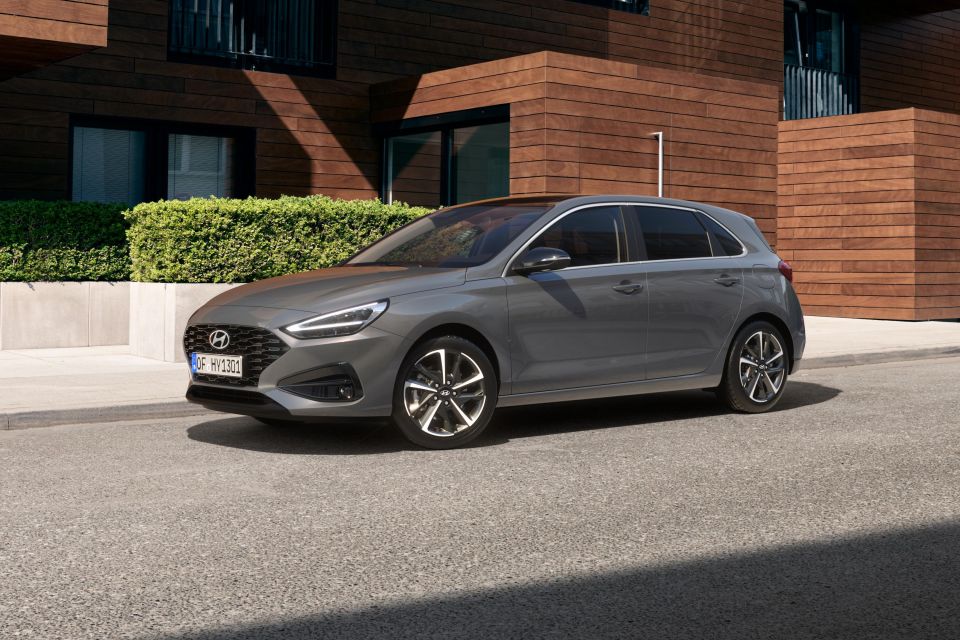

All models get new wheel designs, and seven new paint finishes join the 12-strong colour palette. These comprise Abyss Black Pearl, Ecotronic Grey Pearl, Ultimate Red Metallic, Jupiter Orange Metallic, Meta Blue Pearl, Cypress Green Pearl and Sailing Blue Pearl.
They join the carryover Atlas White, Serenity White Pearl, Shimmering Silver Metallic, Shadow Grey and Engine Red.
LED headlights and tail lights have been made standard across the range, which suggests Australian-market models could finally ditch the old-tech halogen headlights.
Inside, there’s also been a switch to LED interior lighting, which can also be found in the boot.

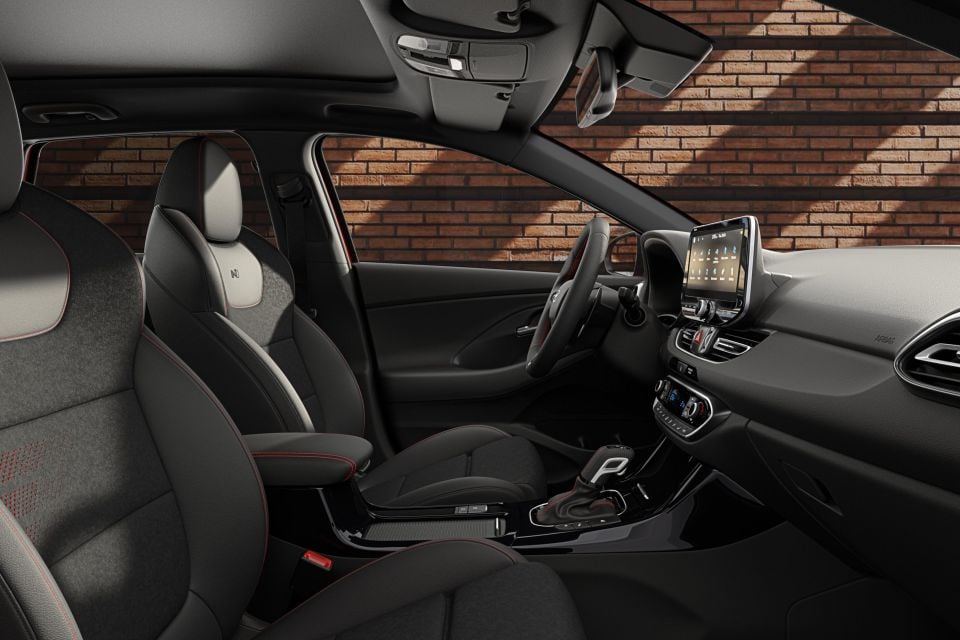
There’s a standard 4.2-inch colour instrument cluster screen with an optional 10.25-inch fully digital cluster, plus three USB-C outlets across the front and rear.
There are now over-the-air updates available for the satellite navigation.
Hyundai has applied a new paint to the dash to make it “more pleasant and smoother to the touch”, while the centre console is now finished in gloss black trim. There are also three new seat patterns.
New additions to the safety suite include intelligent speed limit assist and a rear occupant alert, while the autonomous emergency braking system is now available with a junction assist function in addition to vehicle and pedestrian detection.
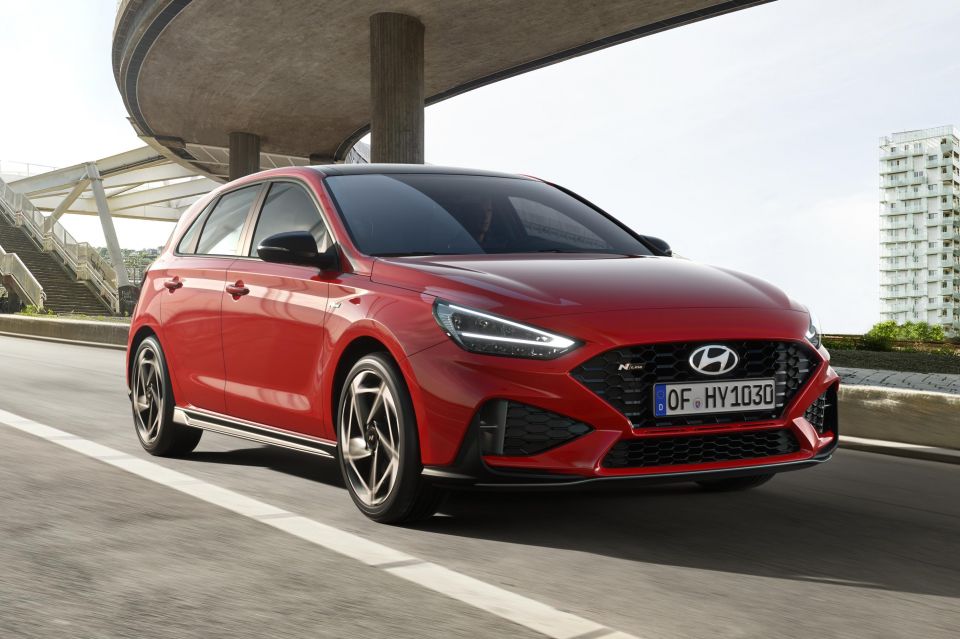
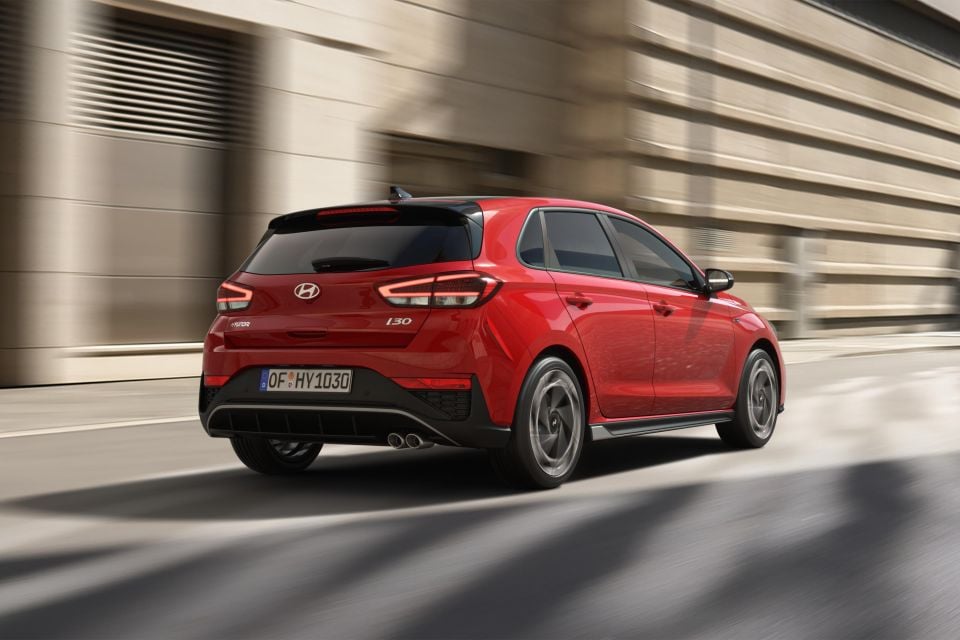
Optional is Highway Driving Assist 1.5, which combines adaptive cruise control and lane centring functions and can adjust the vehicle’s speed according to the posted limit.
No powertrain changes have been announced.
In Europe, the i30 Hatch is available with a choice of a turbocharged 1.0-litre three-cylinder engine and a turbocharged 1.5-litre four-cylinder engine.
Both feature a 48V mild-hybrid system, and both offer the choice of a six-speed manual or a seven-speed dual-clutch automatic transmission.
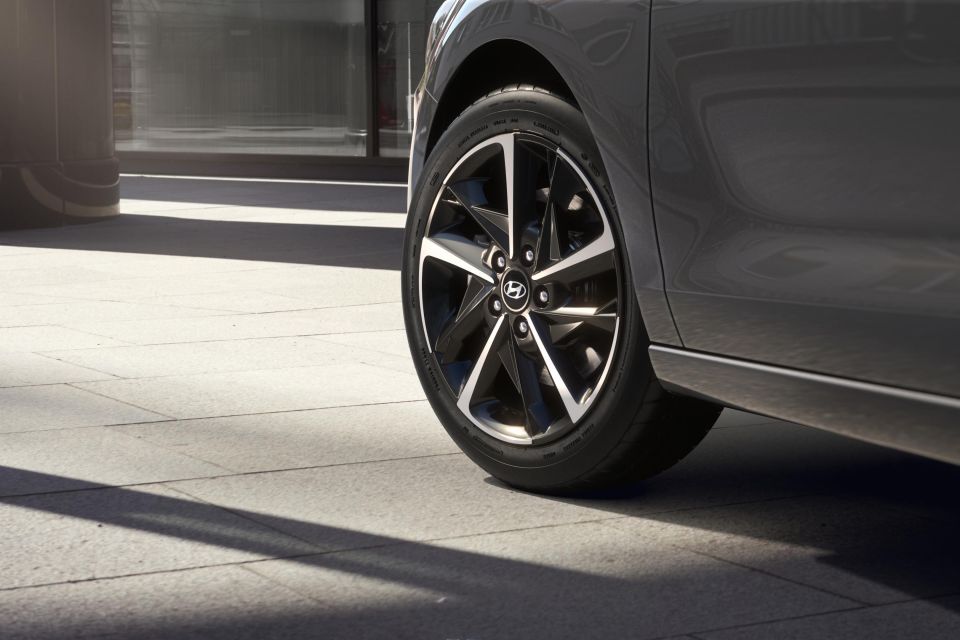

The three-pot has total system outputs of 88kW of power and 127Nm of torque, while the four-cylinder produces 117kW and 187Nm.
The N Line doesn’t have the unique 150kW/265Nm turbo 1.6-litre four in Europe that was offered in Korean-built models.
Hyundai Australia has confirmed only the larger of the two European engines will come here, replacing the current, less efficient 120kW/203Nm naturally aspirated 2.0-litre four offered here, which uses a six-speed automatic.
Unlike Korean-built i30 Hatch models, multi-link rear suspension is standard across the European range; in Australia, this was previously exclusive to N Line and N models.
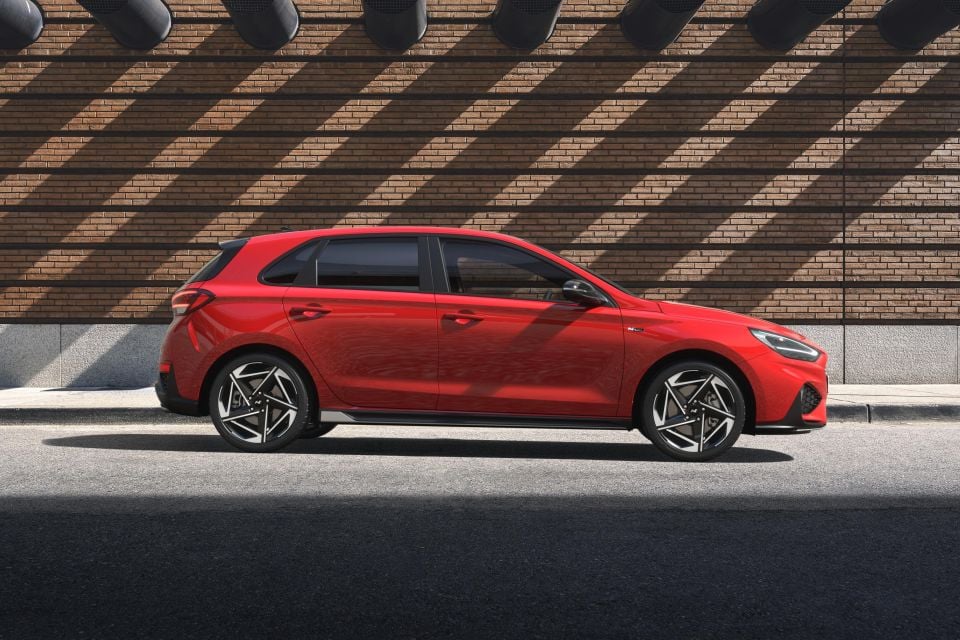
Previously, all current-generation i30 models bar the Czech-built i30 Hatch N and i30 Fastback N were sourced from Korea.
With production of the hatch ending in Korea, however, Hyundai Australia will now source all hatchback models from Czechia.
This is expected to result in a price increase, given European imports attract a five per cent import tariff.
It will also mean we’ll finally get a new-look N Line. With the last i30 Hatch facelift, which debuted here late in 2020, only non-N Line hatch models got freshened styling, with the Australian-market N Line left to soldier on with the old look.
MORE: Everything Hyundai i30
Take advantage of Australia's BIGGEST new car website to find a great deal on a Hyundai i30.
William Stopford is an automotive journalist based in Brisbane, Australia. William is a Business/Journalism graduate from the Queensland University of Technology who loves to travel, briefly lived in the US, and has a particular interest in the American car industry.


William Stopford
26 Days Ago
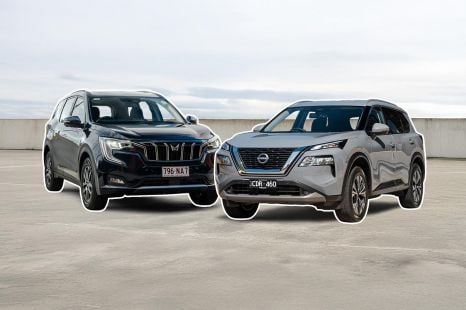

Andrew Maclean
24 Days Ago
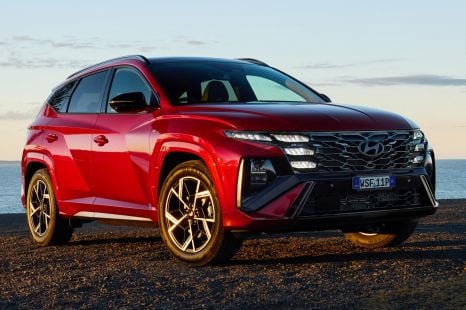

James Wong
23 Days Ago
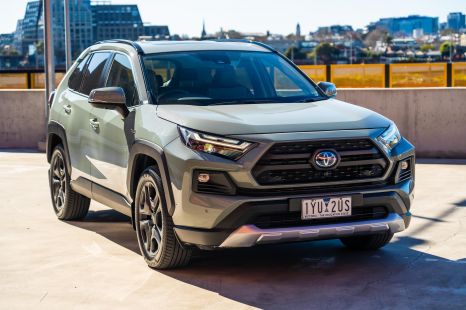

Marton Pettendy
8 Days Ago
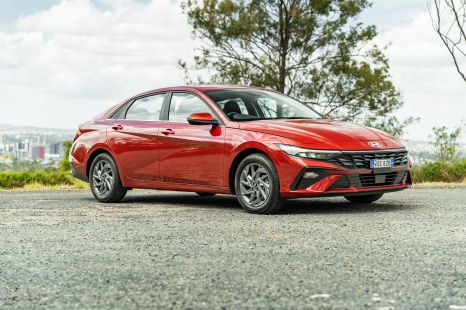

Marton Pettendy
7 Days Ago


Josh Nevett
6 Days Ago